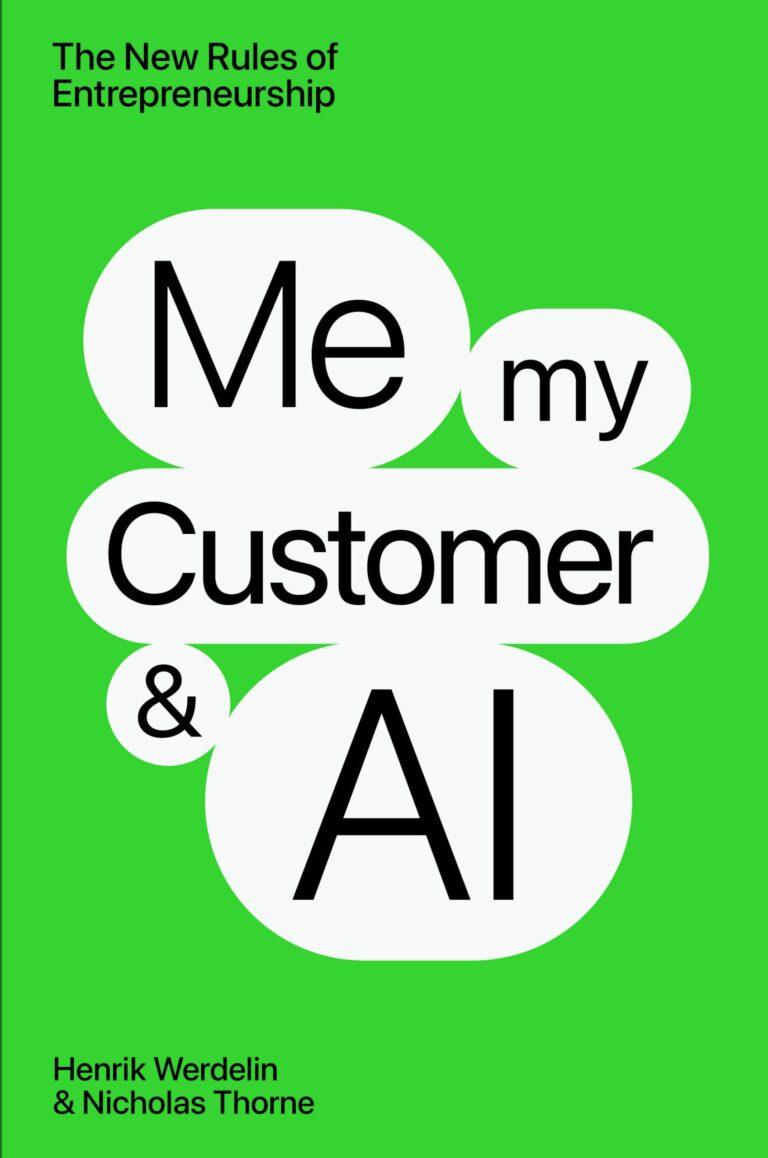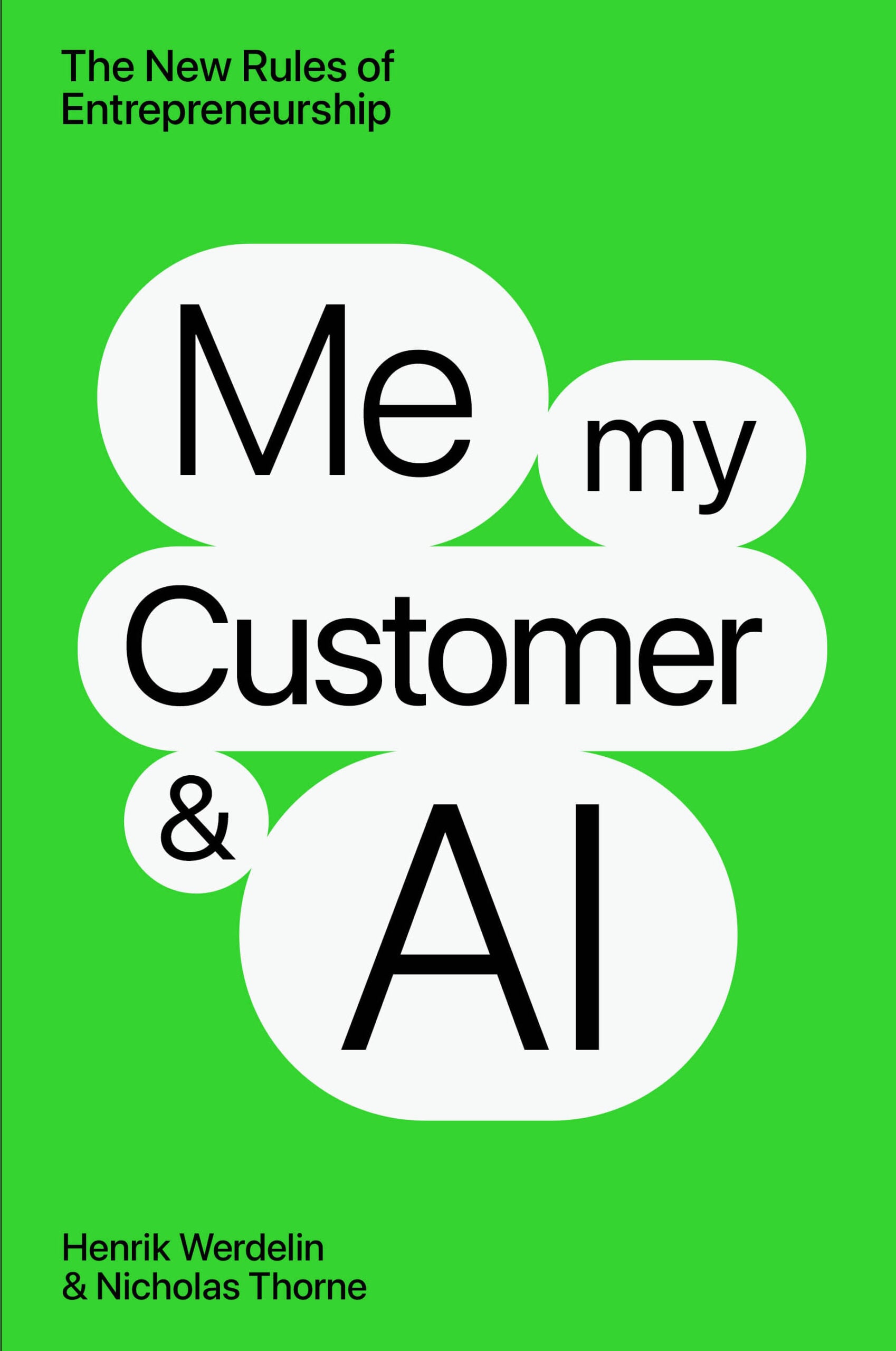Entrepreneurship has long been—or at least thought to have been—reserved for obsessively driven people willing to work themselves to death in pursuit of their business dreams. In our experience, many would-be founders are put off by the pervasive image of a toxic “hustle culture” of people working ninety-hour weeks.
Additionally, the traditional entrepreneurial journey followed a predictable pattern: Raise capital, build infrastructure, hire expertise, and then launch. This resource-heavy approach naturally favored those with access to capital or technical skills. Success often depended more on initial resources than on understanding customer needs.
Today’s AI-enabled entrepreneur follows a different path. As an example, designer Diarra Bousso uses AI to collapse timelines from months to minutes in the fashion industry, where cycles are notoriously slow. By using generative tools to visualize designs, her team skips the costly manual trial-and-error phase, enabling them to test hundreds of designs and focus on the best. This “test before building” approach lets Bousso compete against larger players by being faster, leaner, and more daring.
#mc_embed_signup{background:#fff; false;clear:left; font:14px Helvetica,Arial,sans-serif; width: 600px;}
/* Add your own Mailchimp form style overrides in your site stylesheet or in this style block.
We recommend moving this block and the preceding CSS link to the HEAD of your HTML file. */
Sign Up for The Start Newsletter
(function($) {window.fnames = new Array(); window.ftypes = new Array();fnames[0]=’EMAIL’;ftypes[0]=’email’;fnames[1]=’FNAME’;ftypes[1]=’text’;fnames[2]=’LNAME’;ftypes[2]=’text’;fnames[3]=’ADDRESS’;ftypes[3]=’address’;fnames[4]=’PHONE’;ftypes[4]=’phone’;fnames[5]=’MMERGE5′;ftypes[5]=’text’;}(jQuery));var $mcj = jQuery.noConflict(true);
AI-powered platforms now handle operations that once required entire departments. Virtual teams are replacing full-time hires, and pay-as-you-go models have mostly eliminated large upfront investments in building out teams. No-code platforms enable complex development without technical expertise, and AI writing tools create professional content that once required experienced copywriters.
All this massive technological change has enabled a new, less risky approach to entrepreneurship: starting small and scaling gradually. Instead of betting everything on a grand launch, entrepreneurs can test ideas with minimal investment and gather real customer feedback quickly. They can then iterate based on actual usage and feedback and grow organically through word-of-mouth systems rather than through costly advertising campaigns.
Loud and Crowded
This democratization means more people can pursue their entrepreneurial dreams, leading to more innovation and problem-solving in the world. But it also means the competitive landscape is changing dramatically. Traditional advantages are eroding as AI commoditizes technical expertise and innovation and makes them accessible to everyone.
In business, when creation gets easier, at least two other things happen. First, the market gets noisier. Getting a customer’s attention becomes more difficult because there’s more for them to consider. Second, the state of play changes more quickly. Cycles get shorter. The need to stand out means that the things we create—whether by hand or by prompt—must break with the status quo and more rapidly introduce newness and change.
When the macro environment becomes extremely noisy and fast-moving, successful organizations often succeed by going very small and very focused, creating particle-like units of intense connection with consumers. It’s almost as if the chaotic environment itself creates the conditions that make these tight bonds necessary and possible. This effect can be seen in the way small, independent bookstores have succeeded, not despite Amazon’s dominance but because of it, by providing a curated, personal experience that stands in stark contrast to the overwhelming noise of millions of online options.
Similarly, the democratization of brewing technology has created an explosion of craft breweries. A very noisy market led to the emergence of microbreweries with fierce local followings. These breweries often collaborate rather than compete with each other, creating strong regional networks and communities. Their small scale allows them to maintain close relationships with regular customers who become brand ambassadors.
Building these close human relationships starts with choosing the right customers. The strongest relationships form when entrepreneurs serve communities they deeply understand or belong to themselves. This authentic connection creates a natural alignment between business goals and customer needs and creates a new kind of capital.
Relationship Capital
If you take the time to look up capital in a dictionary (Merriam-Webster, for example) and work your way past “seat of government” and “punishable by death” to the part that’s relevant to this conversation, you will find words like “accumulated” and “stock.” More importantly, you’ll see “advantage.”
Every business seeks an advantage—a way of getting and staying ahead. Whether it’s through innovative products, cutting-edge technology, or smart market positioning, securing a strong advantage is crucial because advantages tend to build on themselves. To us, advantage in business is best conceptualized as momentum.
What, if anything, propels a business forward? The primary answer is its advantage. And the accumulation of this advantage over time is capital. Starbucks has well-located stores, McKinsey has brilliant teams, and Disney has characters people love. These advantages are forms of capital—physical, human, and intellectual.
Businesses that cultivate their relationships with customers over time gain an advantage that increases their momentum and odds of success. We call that advantage “relationship capital” and believe it may be the only form of capital that AI won’t democratize to the point of obsolescence.
You probably won’t find “relationship capital” in the dictionary just yet, but it’s a very real concept already being assigned monetary value by companies like Microsoft. Deep in its 2018 annual report, you can even see how the company accounted for it during its $7.5 billion acquisition of GitHub. While the idiosyncrasies of purchase price accounting fall well beyond our bailiwick, what’s relevant here is a line item in the accountants’ allocation titled “Customer-related.” It captures the portion of the purchase price that Microsoft attributed not to GitHub’s technology but to the customer relationships it had developed prior to acquisition—its relationship capital.
This excerpt from
Free Events and Digital Courses to Drive Your Business
The post Everyone’s a Founder: Why the Startup Barrier is Gone (and What to Do About It) appeared first on StartupNation.


